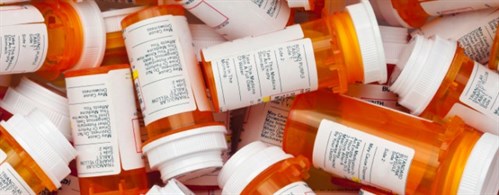Strict limits on opioid prescribing risk the ‘inhumane treatment’ of pain patients
Amid a rising toll of opioid overdoses, recommendations discouraging their use to treat pain seem to make sense. Yet the devil is in the details.
8 Mar 2017How recommendations play out in real life can harm the very patients they purport to protect. A new proposal from the Centers for Medicare and Medicaid Services to enforce hard limits on opioid dosing is a dangerous case in point.
There’s no doubt that we needed to curtail the opioid supply. The decade of 2001-2011 saw a pattern of increasing prescriptions for these drugs, often without attention to risks of overdose or addiction. Some patients developed addictions to them; estimates from the Centers for Disease Control and Prevention range from 0.7 percent to 6 percent. Worse, opioid pills became ubiquitous in communities across the country, spread through sale, theft, and sharing with others, notably with young adults.
The prescribing tide has turned: Private and governmental data show that the number of prescriptions for opioids has been falling since 2012. Reassuringly, federal surveys show that misuse of pain relievers bottomed out in 2014-15.

Nevertheless, the CDC produced a guideline in 2016 that recommended shorter durations for opioid prescriptions and the use of non-drug treatments for pain. It also suggested keeping opioid doses lower than the equivalent of 90 milligrams of morphine. As the guideline acknowledged, its recommendations reflected weak scientific evidence. Problematically, it was silent on how to care for patientsalready receiving doses higher than the 90 milligram threshold.
To its credit, the guideline endorsed treating patients as individuals, not numbers. A CDC official wrote to one patient that the guideline “is not a rule, regulation, or law. … It is not intended to take away physician discretion or decision-making.”
Unfortunately, these mitigating features were undermined by intemperate publicity that vilified opioids for pain. Opioids for pain “are just as addictive is heroin,” proclaimed CDC Director Dr. Tom Frieden. Such statements buttress a fantasy that the tragedy of opioid overdoses and deaths will be solved in doctors’ offices, primarily by upending the care of 5 to 8 million Americans who receive opioids for pain, even when most individuals with opioid addiction did not start as pain patients.
Click here to read the full article
If you have any comments please tweet us @idhdp or visit our facebook page
Doctors can lead the way to healthier drug policies – join IDHDP now
Share this on: